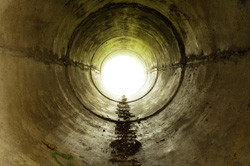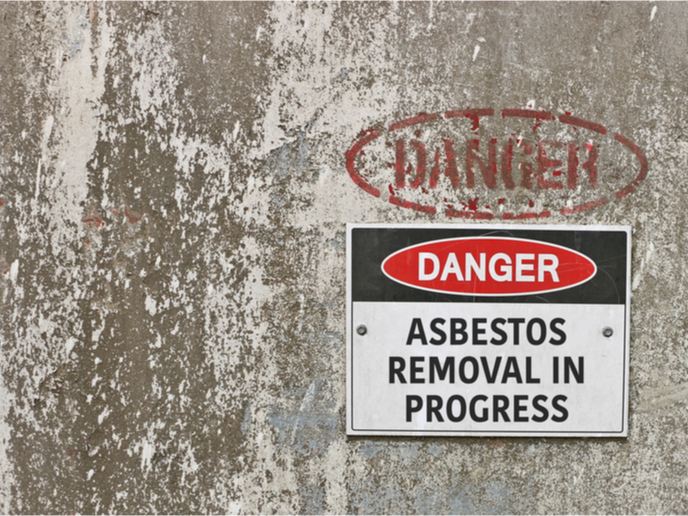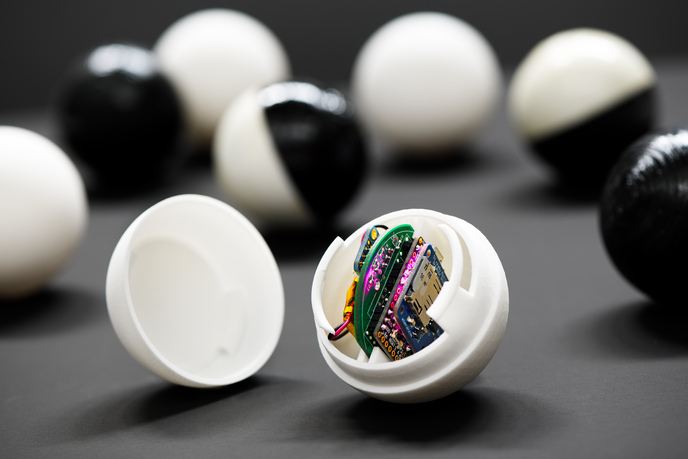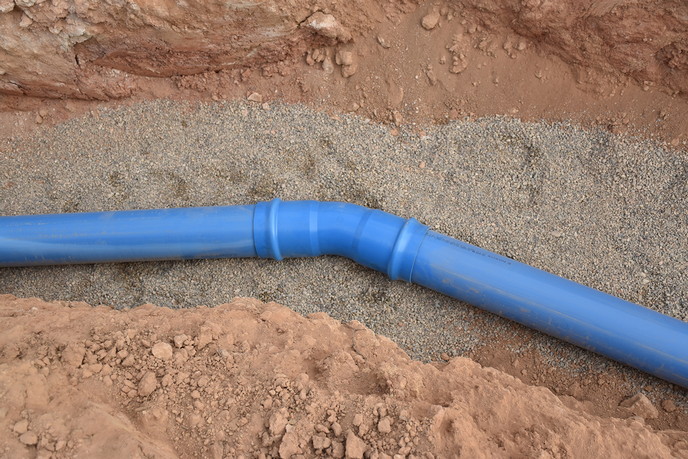Novel technology repairs pipes in situ
The sewerage infrastructure in European cities is old and needs repair. More than 2.6 billion cubic metres of drinkable water (30 % of the overall quantity) are wasted through leaks, which also represents an energy loss. In London alone, 890 million litres of water are lost each day through pipe cracks. Repairs are difficult, slow and costly, but European legislation on drinking water quality is forcing the need to find relevant solutions. With EU support, the project 'Novel technology for low cost re-lining of pipe infrastructure' (EZ-LINE)(opens in new window) developed technology that eliminates the need to completely replace old pipes. As a trenchless technology, this system does not require excavation to rehabilitate pipes, but only access to the pipe ends. The EZ-LINE solution is a low-cost system and does not incur any increase in the infrastructure cost. Furthermore, it has low-maintenance needs, reduced energy usage and superior operational performance. To retrofit old pipes, the EZ-LINE system coats them with a thermoplastic liner from the inside. Compared to other trenchless rehabilitation methods, it does not have any harmful resins and is quick to install as well as ecologically sound, thus conforming to European standards. This conformable thermoplastic fabric is pulled through the pipe, pushed against the inner surface of the defective pipe, heated and consolidated by a novel pig-head design. During consolidation, the liner fabric partially melts to form a smooth, watertight solid sheet of reinforced plastic. Optionally, the liner can be braided with reinforcing fibres. This increases its burst strength, helping it to withstand high water pressures. Consortium members successfully demonstrated the EZ-LINE rehabilitation process at a partner institute. The relining process was carried out using prototype equipment at a speed of 6 metres per hour. This speed is expected to increase significantly when using commercial equipment with higher capacity. The EZ-LINE system should serve both residential and municipal markets, ensuring continuing function of Europe's pipe networks. This innovative relining method could also be further developed to serve in the oil and gas sectors.







